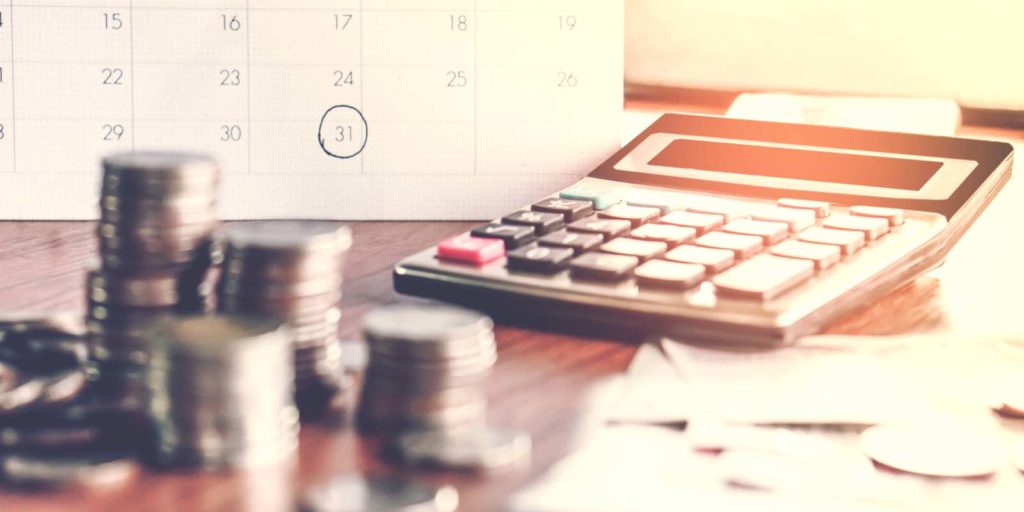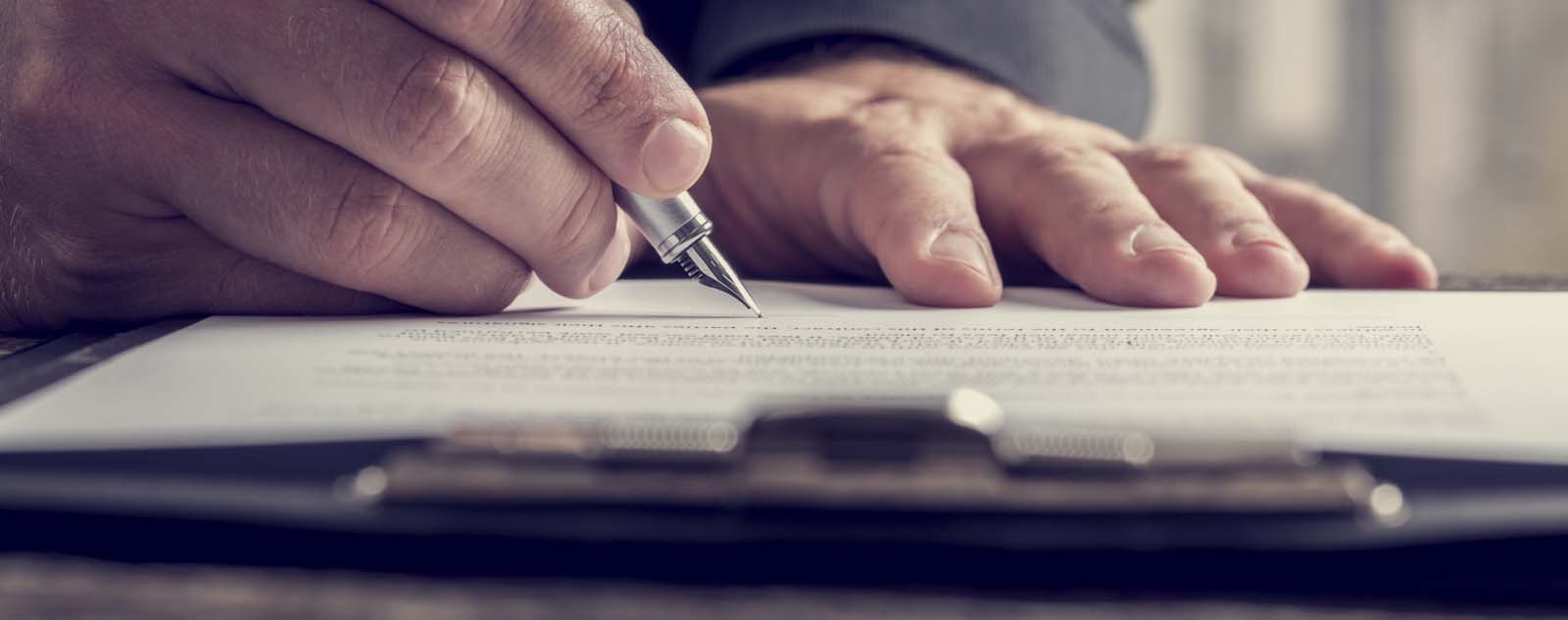One of the many debt solutions available to people in England, Wales and Northern Ireland is a Debt Relief Order (DRO). According to figures from the UK government’s Insolvency Service, over 27,000 relief orders were made in 2018 alone – helping debtors to cope with over £230 million worth of debt*.
What is a Debt Relief Order?
Debt Relief Order is an insolvency solution that can help people with relatively low levels of debt to manage their financial situation. A debt relief order will freeze all qualifying debt repayments for a period of 12 months, during which time creditors are unable to continue applying interest, charges or fees against the figure owed. Creditors are also barred from contacting or taking legal action against the debtor during this period, and so a DRO can help to alleviate some of the stress caused by debt.
If the debtor’s financial situation has not improved by the time 12 months have passed, the outstanding debt will be written off.
How to qualify?

Before exploring whether it is right for you, it is worth determining if you meet the criteria required in order to make a successful application. Debt relief orders are only available to people with relatively low levels of debt totalling no more than £20,000. You must also:
- Be unable to pay your debts as they fall;
- Not have assets worth more than £1,000;
- Not own a vehicle worth more than £1,000;
- have no more than £50 of spare income each month after ordinary household expenses have been paid;
- live in England or Wales; and
- not have had one in the previous six years.
How to apply?
For those who do meet the criteria, it is only possible to apply for a debt relief order with the help of an adviser known as an approved intermediary – an experienced debt adviser who has been approved by the relevant authorities to provide advice. In the first instance, anyone seeking a DRO must obtain advice from an approved intermediary, who will make a formal application to the Insolvency Service on your behalf if they believe it is a suitable debt solution for you. A non-refundable £90 fee applies to all applications.
Once an application has been made it will be reviewed by the official receiver’s office, who will make a decision without the need for a court hearing.
Timeline

To give an indication of how a typical order might work, we’ve prepared a typical debt relief order timeline summary of the process below.
Stage 1 – Advice
Seek advice from an approved intermediary and confirm that you are eligible.
Stage 2 – Application
Provide your approved intermediary with all the details needed to make an application, including information about your debts and personal details.
Stage 3 – Fee
Pay the non-refundable £90 debt relief order application fee to the Insolvency Service.
Stage 4 – Acknowledgement
Contact each of your creditors and get an up-to-date balance figure for your debt. Provide these figures to your approved intermediary who will file your application and provide you with a paper copy.
Stage 5 – Approval
The Insolvency Service and official receiver will review your application and decide whether or not to approve it.
Stage 6 – Confirmation
The Insolvency Service will provide written confirmation of their decision in writing within ten working days. If your application has been approved, they will also contact your creditors who will freeze your balance and stop adding charges, fees and interest. If your application is approved, your credit file will reflect that you have a debt relief order for a period of six years and your name will also be added to the publicly available Individual Insolvency Register (or the DRO Register in Northern Ireland).
Stage 7 – Moratorium Period
For a period of 12 months, no interest or charges will accrue against your debts and your financial situation will be monitored. If your surplus monthly income rises to above £50 (after taking into account usual household expenditures), your DRO could be revoked.
Stage 8 – Write Off
Once 12 months have passed since the date on which your debt relief order was approved, the order will come to an end. If your financial situation has not improved to the point that you have more than £50 of disposable income per month after paying for ordinary household costs, any debts included in your debt relief order will be written off. Your creditors will be unable to take any further action to recover the money from you, but you may struggle to access any new credit as the debt relief order will still appear on your credit file for another five years from this point.
Stage 9 – Removal from the Individual Insolvency Register
Three months on from the end of your order, your name will be removed from the Individual Insolvency Register.
How will a debt relief order affect my life?

Debt relief orders can be quite restrictive, and you will not be able to apply if the total value of your qualifying assets is over £1,000. Assets that count towards this include buildings or land, antiques, savings, jewellery and personal property such as mobile phones. You are allowed a vehicle, but this should have a total value of £1,000 or less.
It can also affect other areas of your life and can, for instance, prevent you from acting as a director of a company or in a position with financial responsibility. Aside from this, your employment status should not be affected and there is no general requirement to inform your employer. If you have savings in an approved pension scheme, these too are unlikely to be affected by a DRO – although if you withdraw them during your 12 month moratorium period your order could be revoked if your assets have risen about the £1,000 limit.
Can it fail?
A DRO can be revoked if your circumstances change within the 12 month moratorium period. Generally, this might happen if your income changes, meaning that you have more than £50 of surplus income each month which could be put towards paying your debts. Your relief order could also be revoked if you gain an asset that is worth more than the DRO allows, or if you move to Scotland – where they are not available.
Similarly, a it could be revoked if you fail to follow the rules put in place by the Official Receiver. This could happen if you lie on your DRO application, give away certain assets before applying to become eligible or withhold information about a change in your circumstances. In such cases, you may also be subjected to a Debt Relief Restriction Order – which could place further restrictions on you for between 2 to 15 years. These might include preventing you from:
- acting as a director of a company;
- borrowing more than £500 without disclosing that you are subject to restrictions; or
- working in various roles or as the trustee of a charity.
Pros and Cons
All debt solutions have their own advantages and disadvantages which make them ideal for some and inappropriate for others. An advantage, for instance, is that they can be used to deal with a wide array of debts ranging from personal loan through to council tax arrears. Despite this, they have relatively strict eligibility criteria and falling foul of the £20,000 DRO limit can see a debtor becoming liable for all their debts once again.
Frequently Asked Questions

DROs are undoubtedly a popular debt solution, but whether one could be right for you will depend on your personal circumstances. To help you understand how they work, we’ve answered some of the most frequently asked questions below:
How long does a debt relief order stay on your credit file?
A note detailing your debt relief order will remain on your credit file for up to six years from the date the order was made. This may make it considerably more difficult to access further credit during this period than for those people who do not have a recent history of insolvency.
Can a debt relief order stop bailiffs?
Although a relief order will prevent creditors from taking many kinds of action against you to recover unpaid debts, bailiffs or enforcement agents are an exception to the rule. They will still be entitled to remove goods and sell goods if they have already obtained a controlled goods agreement, and so if you wish to retain your property you will have to continue paying the relevant debts.
What debts can be included in a relief order?
Most unsecured debts (including priority debts such as rent arrears) can be included in a debt relief order, provided that they do not total more than £20,000 combined. Examples include:
- credit card debts
- personal loans
- debts owed to family or friends
- debts resulting from benefit overpayments (unless they are as a result of fraud)
Certain debts cannot be included in debt relief order, although they do count towards your reasonable outgoings for the purposes of creating a budget. These include:
- magistrates’ court fines;
- child maintenance payments or arrears;
- student loans;
- government budgeting loans;
- debts from personal injury claims made against you; or
- debts resulting from a ‘criminal confiscation order’.
Can you add a debt to a debt relief order?
Once a debt relief has been approved, no further debts can be added and a separate arrangement would be required to deal with money owed outside of the order.
* Figures from the Insolvency Office report into Debt Relief Orders, published 26 September 2019.

